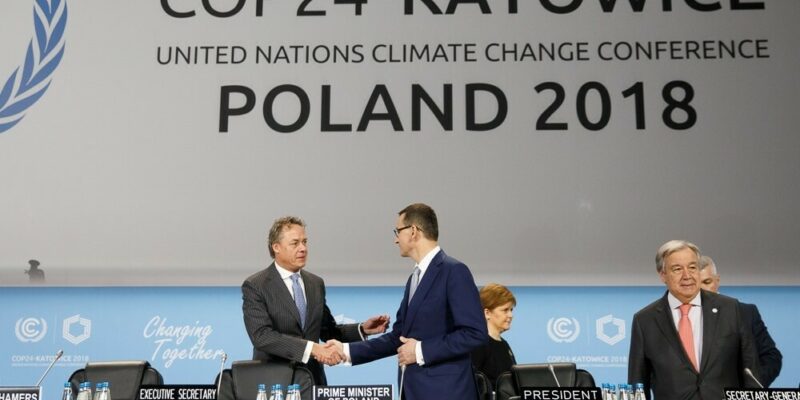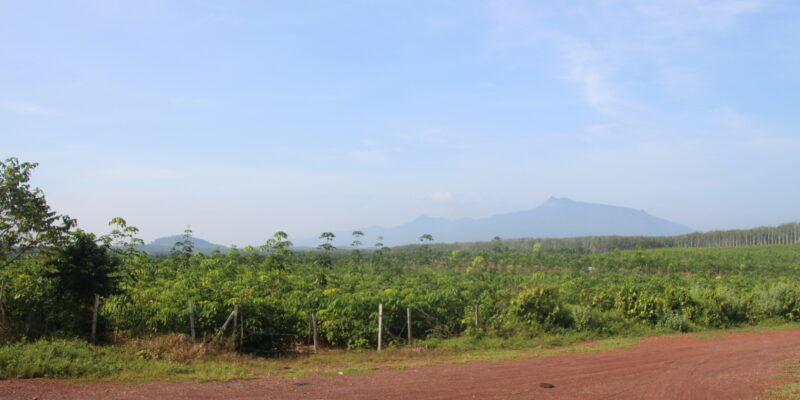Comment
Insights and expert analysis on climate issues.
Share


The inadequate in pursuit of the out-of-date: Germany’s coal exit must be revised by 2020
Dr Carl-Friedrich Schleussner
Germany's Coal Commission has ignored essential review guidelines of the national climate targets with regard to the Paris Agreement. The commission's plan must be revised already by 2020, alongside the EU's and Germany's targets.
(Article also available in German)

Progress on Loss and Damage in Katowice
Dr Olivia Serdeczny

Beyond offsets? Market mechanisms under the Paris agreement
Dr Carl-Friedrich Schleussner, Bill Hare


Presenting a disaster as an ‘opportunity’ is clearly a sensitive and emotive issue. But when will there be a better opportunity to relocate essential services away from high risk areas than when they need rebuilding?

Declining cost of renewables and best practices can enable nations to expand their NDC ambitions
Bill Hare
In an analysis prepared for the NDC Partnership our experts looked into the recent developments in terms of NDCs submission and renewables deployment. They also outlined a number of instruments that can be utilised to decrease the gap between current emissions trends and the Paris Agreement compatible emissions pathways.